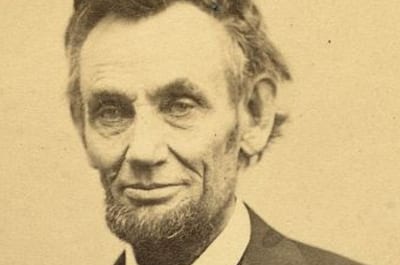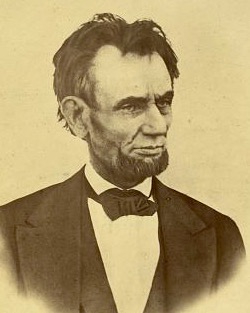
On the Anniversary of Lincoln's Assassination, His Last Speech

Today, April 15th, is the anniversary of Lincoln’s assassination. Four days before, the president had delivered his last public address. It was his official acknowledgement of the Confederate surrender. But instead of dwelling on the hard-fought victory, Lincoln spent the bulk of his speech outlining his approach to the next difficult task: returning the lately rebellious states to their pre-war status as participants in the democratic governance of the nation. Already the state of Louisiana had applied for recognition of its rewritten state constitution. The occasion was unprecedented and posed numerous practical difficulties. Lincoln had always insisted that the seceding states had done so illegally. He could not treat those applying for Louisiana’s readmission to the union as the representatives of a once independent nation, now a defeated people making peace terms under duress. Yet it was obvious that those making up the new post-war legislature did not represent the sentiments of most of those in Louisiana who had sided with the Confederacy:
Unlike the case of a war between independent nations, there is no authorized organ for us to treat with. No one man has authority to give up the rebellion for any other man. We simply must begin with, and mould from, disorganized and discordant elements. Nor is it a small additional embarrassment that we, the loyal people, differ among ourselves as to the mode, manner, and means of reconstruction. . . .
Abraham Lincoln, April 11, 1865
Some in Congress, who feared that the Southern states would not recognize the national decision to emancipate the slaves, wanted to delay the admission of Southern representatives to Congress while awaiting proofs that the 13th Amendment would be respected. These voices wanted to impose tests before “readmitting” seceded states. Lincoln, however, did not want to delay restoring the Confederate states to what he felt was their “proper” place within the Union. He details his plans for reconstruction only after asserting that talk of “readmitting” states to the Union would not be constructive:
We all agree that the seceded States, so called, are out of their proper practical relation with the Union; and that the sole object of the government, civil and military, in regard to those States is to again get them into that proper practical relation. I believe it is not only possible, but in fact, easier to do this, without deciding, or even considering, whether these states have even been out of the Union, than with it. Finding themselves safely at home, it would be utterly immaterial whether they had ever been abroad. Let us all join in doing the acts necessary to restoring the proper practical relations between these states and the Union; and each forever after, innocently indulge his own opinion whether, in doing the acts, he brought the States from without, into the Union, or only gave them proper assistance, they never having been out of it.
Abraham Lincoln, April 11, 1865
It is perhaps not inaccurate to say that Lincoln recommends that the loyal states reintegrate the seceded states in the same way that a loving parent might welcome home prodigal sons. The Biblical analogy fails, however, when one considers that the Southern prodigals did not acknowledge having betrayed the Union when they seceded.



